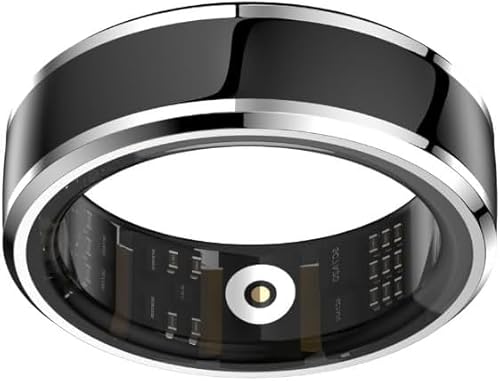Pem:
A couple answers:
First, I was referring to the statement that said (I'm paraphrasing) that you can't test if you're using Heparin. This, to me, sounded like it wasn't excluding Lovenox.
As far as your question about 'gold standard,' I'm not entirely convinced about how gold a standard the blood draw is, UNLESS the place where the blood is drawn also does the test on the blood, and usually does it without too much delay. Here's why: venous blood is put into a glass tube with a material that keeps the blood from coagulating. You don't really know how the blood is stored or handled between the time it's drawn and the time the lab tests it. Also - the labs use 'standardized' reagents, which cause the blood to coagulate, and from which the INR is determined. If the reagents aren't perfect - not perfectly set at the value that is established for them when the label is put onto the reagent container - there's a possibility that the INR value may be slightly off. Certainly, no reagent manufacturer would intentionally put anything other than the exact reagent value on its packaging, but it's possible that these values fall within a range of values -- so INRs may be tenths or hundreds of a point high or low when the testing is done.
By contrast, the strip makers produce large batches of test strips. An inaccurate code value (which is, I assume, a pretty exact value for the reagent used on the strip) could render results of testing with the strips to be inaccurate for a large group of users. Such an error would be, at the very least, embarrassing to the manufacturer, but could also expose them to lawsuits, could call their reliability into question, and could do a great deal of damage to the company -- and may even be dangerous for patients who rely on accurate results. I can't see a strip manufacturer NOT running multiple quality controls on their strips and reagents before shipping them - to do otherwise could be catastrophic.
That said, improper storage of the strips could, conceivably, cause slightly inaccurate results. This problem is probably mitigated by the existence of quality controls on the strips put out for the current machines from each test company (Roche, Alere, ITC).
I'm not entirely convinced that lab blood draws are necessarily a gold standard versus INR test machines. Either method will give you a pretty close picture of your actual INR. Perhaps there is no such thing as a 'true' INR. (INR is a ratio between the prothrombin time and the reagent value -- if the value of the reagent is slightly off, due to many factors, even in the lab reagents or the strip reagents, a reported INR might be slightly inaccurate)
In any case, if your INR is WAY out of range, it's a good idea to repeat the test (if this is a lab test) or to get a lab blood draw to confirm a troubling meter result.





















